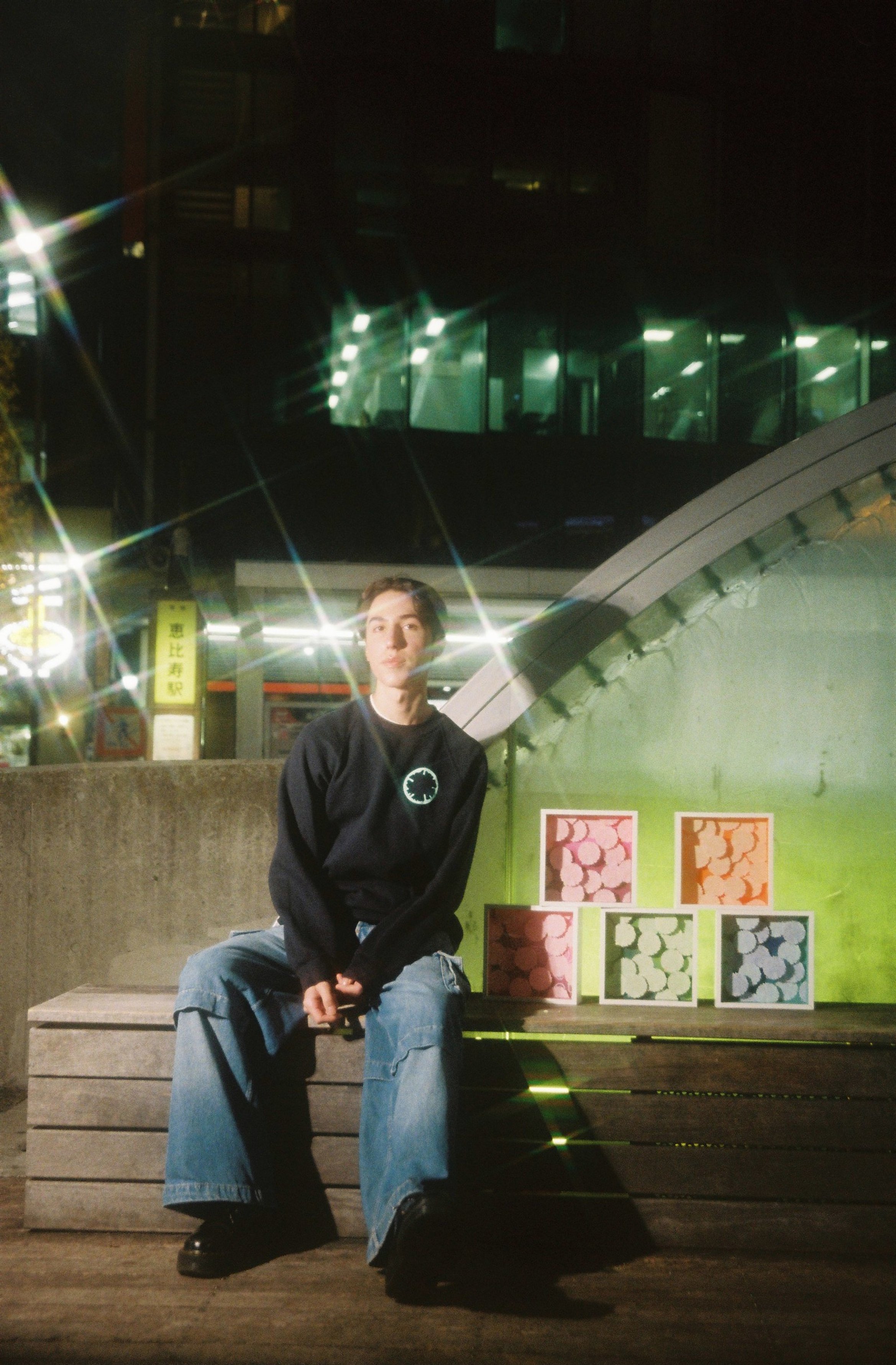
About
JR CHUO is a contemporary paper cut artist whose work explores the notion of façades in society that conceal harsh realities, with a particular focus on the impacts of climate change on coral reefs.
Although JR CHUO is only 22 years old, he has been paper cutting for nine years, during which time he has sought to continually perfect his art form. Using traditional Japanese paper cutting techniques, some of CHUO's artworks have taken between one and two years to complete.
CHUO's work has been exhibited internationally, in locations ranging from London to Tokyo and Milan and he was named one of Art Market Magazine's 'Top Contemporary Artists of 2021'. JR CHUO has been recognised in numerous renowned publications, including Tatler, Aesthetica and Forbes Magazine. JR CHUO was chosen by Saatchi Art's expert curators as a 'Curator's Pick' for The Other Art Fair London July 2021 and was selected as the ‘Fair Director’s Pick’ for The Other Art Fair London July 2022. JR CHUO is a Forbes 30 Under 30 Europe 2022 Honoree in the ‘Art & Culture’ and ‘Youngest’ categories alongside some of the world’s leading young changemakers. He has worked with international hospitality clients, including creating 75 commissioned artworks for the new Palm House Hotel in Palm Beach, Florida and minis for Nkora Coffee in Mayfair, London.
JR CHUO has partnered with environmental NGO ‘Coralive’ to support their coral restoration work around the world through the sale of his original artworks.
CHUO’s interest in paper cutting began during a trip to Japan in 2015, where he saw a traditional hand cut ‘ise katagami’ design in a ‘ryōkan’ (traditional Japanese inn) in Kyōto. ‘Ise katagami’ is the Japanese craft of making stencils and is used traditionally to dye cloth, often to print designs onto kimono. Struck by the piece’s intricacy, CHUO decided to explore the medium himself upon his return to the UK. He initially focused on architectural designs in his paper cut work, but soon moved onto figurative work before finally arriving at abstraction. His abstract shapes have taken years to perfect and he says they are constantly evolving.
Despite the precise nature of his work, CHUO’s designs radiate organic warmth, containing a myriad of fascinating leading lines and shapes that capture the viewer’s attention. Each individual paper-cut shape is unique and hundreds, sometimes thousands, of these shapes work together in harmony to form large seamless designs.
JR CHUO takes inspiration from the organised nature of urban subway maps and the simplification of metropolitan areas, which conceal the complexity of the areas they represent. He believes this concept is also present in the way our societies and governments deal with the environment. CHUO explores the impacts of climate change on coral reefs, juxtaposing this message with the vibrant colours that he uses in his work. In addition, many of CHUO’s artworks are named after Japanese subway stations and lines.
The patterns found in CHUO’s pieces are largely inspired by organic forms found in coral reefs and his bright colour palette takes inspiration from the striking colours emitted by certain corals before they are bleached by warming ocean temperatures as a result of climate change. CHUO aims to capture the ‘tragic beauty’ of dying corals in his work, by creating striking designs, often using fluorescent colours to draw attention to the intricacy of the artworks.
CHUO’s artistic process is labour-intensive, requiring deep focus on the present moment. Cutting all of his designs by hand, one small paper cut piece usually takes several weeks to complete. However, CHUO uses his paper cut pieces to create a wide range of artworks, from spray paintings to digital versions of his designs. Thus, each individual paper cut piece generates a wide array of possibilities for CHUO to experiment with.
One paper cut at a time, JR CHUO aims to encourage an appreciation for the beauty of coral and versatility of paper cutting as an art form, striving to use his art to create important environmental and social change around the world.
Read JR CHUO’s interviews with Al-tiba9 Magazine, Art Reveal Magazine and Image Curators Artist Advisory to discover more about his work and inspirations.

